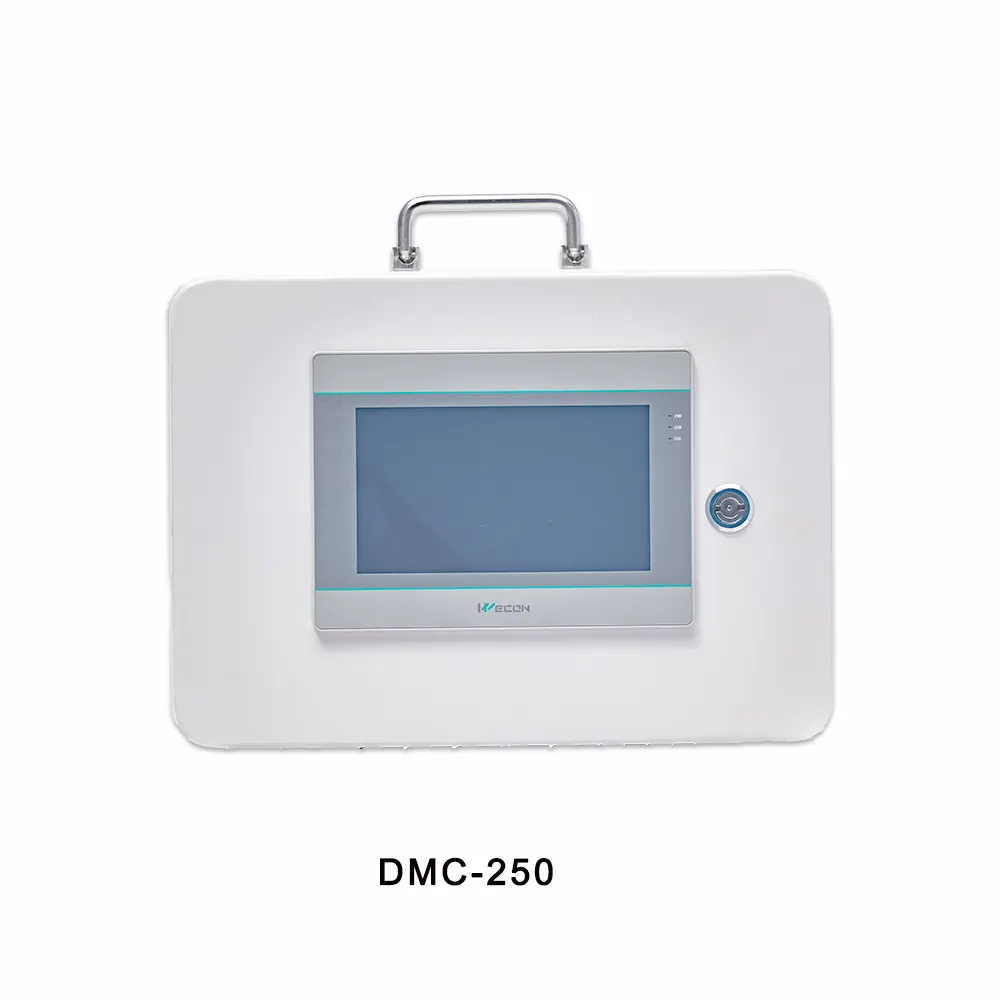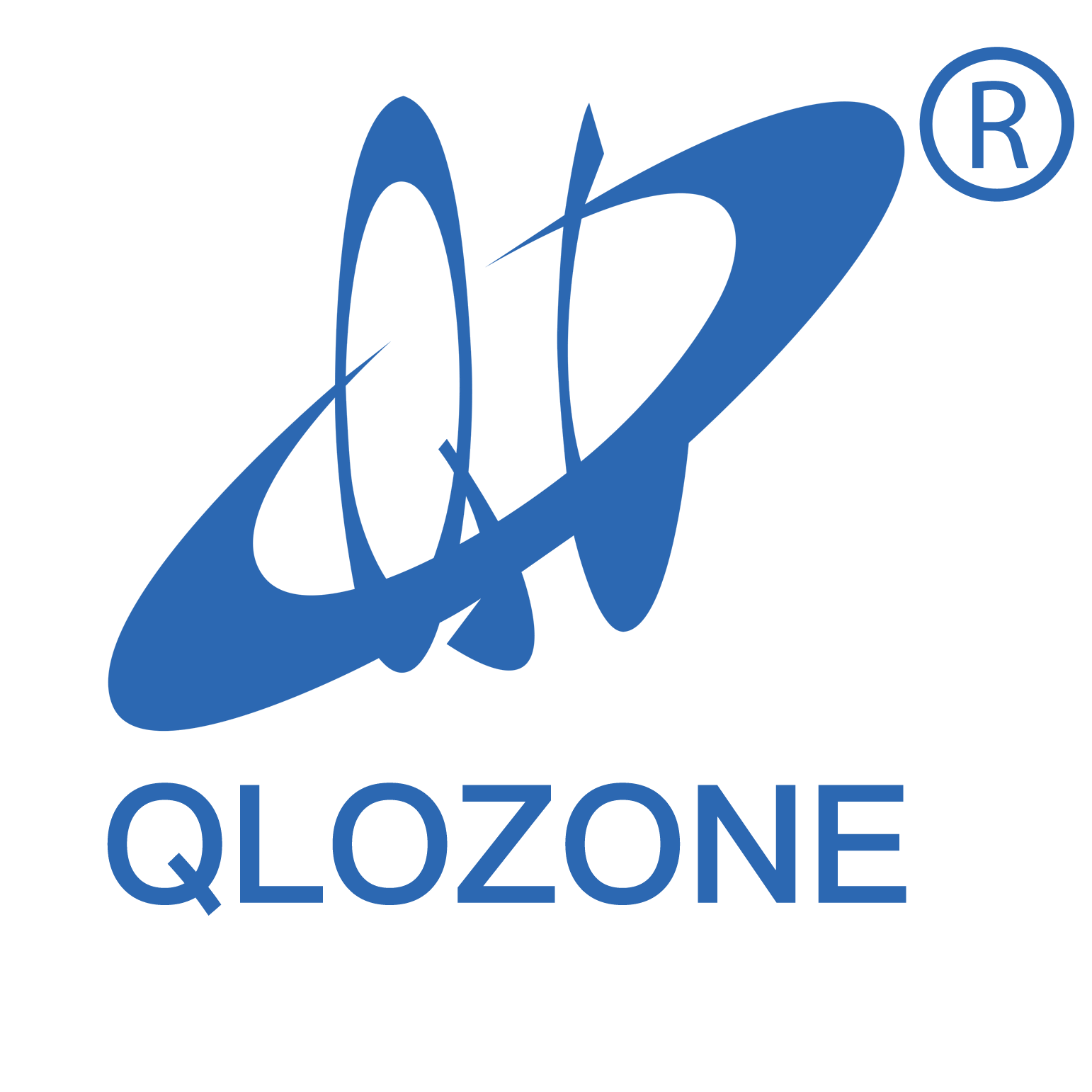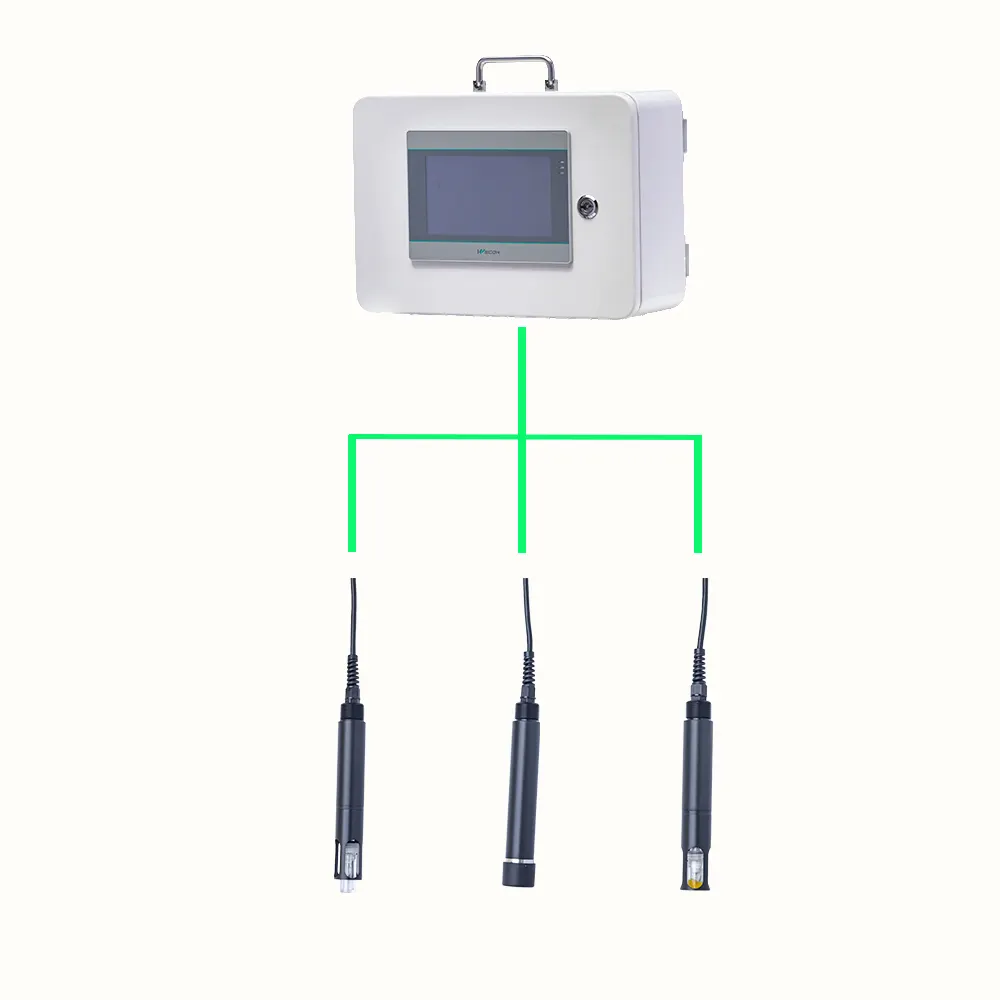Safeguarding Communities Through Water Quality Monitoring
Access to clean and safe water is a basic human need and a cornerstone of public health. Whether used for drinking, agriculture, or industrial processes, water must meet specific safety standards to prevent disease and environmental degradation. This is where water quality monitoring becomes vital. By routinely testing water sources and distribution systems, we gain essential insights that allow for prompt intervention and long-term protection of community health.
Understanding the Scope of Water Quality Monitoring
Parameters That Define Water Quality
Water quality monitoring involves testing for various parameters, including chemical, physical, and biological factors. These parameters may include pH levels, turbidity, temperature, dissolved oxygen, and the presence of contaminants such as heavy metals, nitrates, or pathogens. Monitoring these elements ensures that water remains safe and suitable for its intended use.
Types of Water Sources Monitored
Different water sources, such as rivers, lakes, reservoirs, and groundwater systems, require customized monitoring strategies. Urban water supplies are often monitored more intensively due to higher human exposure, while rural or natural sources also need periodic assessments to catch any pollution from nearby agricultural or industrial activities.
The Role of Water Quality Monitoring in Public Health
Preventing Waterborne Diseases
One of the primary benefits of water quality monitoring is the prevention of waterborne diseases like cholera, dysentery, and giardiasis. By detecting microbial contaminants early, authorities can take immediate actions, such as issuing boil-water advisories or treating affected sources, thereby reducing the risk of outbreaks.
Ensuring Regulatory Compliance
Governments establish strict water quality standards to protect public health. Consistent monitoring ensures that these regulations are met and provides documentation to prove compliance. This oversight is essential not just for human health, but also to avoid legal penalties and environmental degradation.
Advancements in Water Quality Monitoring Technologies
Real-Time Data Collection
Modern sensors and data loggers enable real-time water quality monitoring. These tools allow for immediate detection of anomalies, such as sudden pH changes or contamination spikes. Real-time systems reduce reaction times and enhance the effectiveness of mitigation strategies.
Remote and Automated Monitoring Systems
Technological advances now allow for remote water quality monitoring in areas that are difficult to access. Automated systems can gather data continuously without human intervention, making long-term monitoring more consistent and reliable. These systems also reduce labor costs and increase the scope of coverage.
Addressing Environmental and Societal Impacts
Detecting Industrial and Agricultural Pollution
Industries and farms are major contributors to water pollution through the release of chemicals, waste, and fertilizers. Water quality monitoring detects these pollutants early, allowing for corrective actions before they reach dangerous levels. This not only protects human health but also aquatic ecosystems.
Promoting Community Awareness and Engagement
Public access to water quality monitoring data fosters transparency and encourages community participation. When residents understand the quality of their water, they are more likely to support conservation efforts and report unusual changes. This proactive approach strengthens public trust and responsibility.

Implementing Effective Water Quality Monitoring Programs
Designing a Comprehensive Monitoring Plan
An effective water quality monitoring program must include well-defined goals, appropriate sampling methods, and regular schedules. The selection of testing parameters should align with local environmental risks and regulatory requirements. Customization ensures that the data collected is both relevant and actionable.
Collaboration Between Agencies and Stakeholders
Successful water quality monitoring requires coordination between local governments, environmental agencies, scientists, and sometimes private organizations. Collaboration enhances resource allocation and ensures data accuracy. Shared platforms can also streamline reporting and analysis.
FAQ
What are the most common water quality parameters to monitor?
The most common parameters include pH, turbidity, temperature, dissolved oxygen, total dissolved solids (TDS), nitrates, heavy metals, and microbial contaminants like E. coli.
How often should water quality be tested?
Testing frequency depends on the type of water source and its usage. Drinking water supplies may be tested daily or weekly, while natural sources might be monitored monthly or quarterly.
Who is responsible for water quality monitoring?
Responsibility often lies with local water authorities, environmental protection agencies, and public health departments. In some regions, private companies and NGOs also play a role.
Can individuals test water quality at home?
Yes, there are home testing kits available for basic parameters like pH, hardness, and chlorine. However, comprehensive testing should be done by certified laboratories for accurate results.
Table of Contents
- Safeguarding Communities Through Water Quality Monitoring
- Understanding the Scope of Water Quality Monitoring
- The Role of Water Quality Monitoring in Public Health
- Advancements in Water Quality Monitoring Technologies
- Addressing Environmental and Societal Impacts
- Implementing Effective Water Quality Monitoring Programs
- FAQ

